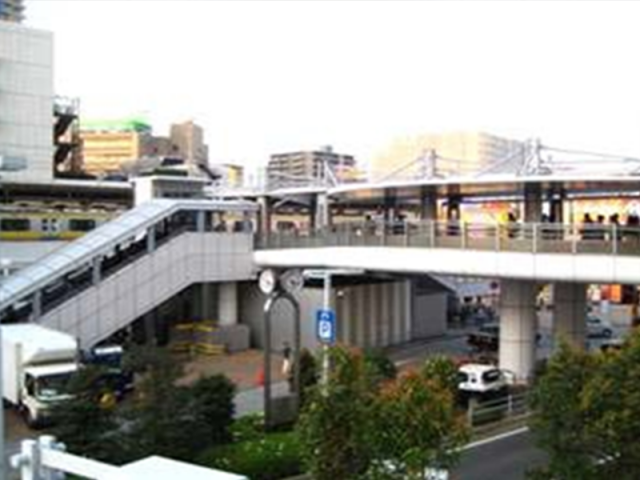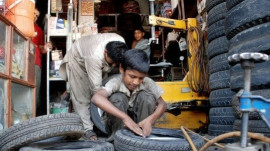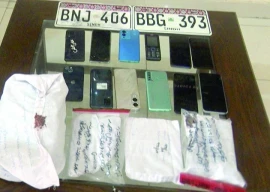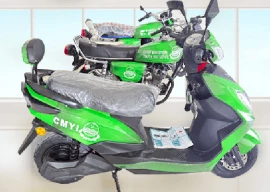
The Karachi Circular Railway was earlier operated by the Pakistan Railways in 1964 and patronised till 1984. Around 104 trains operated on its tracks carrying nearly six million every year. In December 2004, the government decided to revive KCR and it was approved by the Executive Committee of the National Economic Council on August 2012 at a cost of Rs247 billion.
If the project goes through this time, the people of Karachi will be able to catch a train every five minutes at all 24 railway stations, which will be equipped with computerised ticketing, automated gates, vending machines and elevators. Buses running from the stations will connect commuters to other arteries.
In areas where mosques and other worship places come in the way, there will be elevated tracks. "Nearly 23.8km of the tracks will be elevated, 3.7km will be in tunnels and 15.5km will be on the ground," said KCR project director Ijaz Hussain Khilji, adding that the trains will run from 6am to 11pm. The KCR will charge around 50 to 60 paisas per kilometre. "A bus takes 56 minutes to go from Nazimabad to Karachi Cantt but the KCR will cover the distance in 28 minutes," he said.
Meanwhile, the Karachi Urban Transport Corporation has signed a memorandum of understanding (MoU) with K-Electric to run these electric trains in the city. The MoU was inked in the presence of Japan International Corporation Agency. K-Electric will supply 60MW, of which 28.6MW will be used to operate the trains, 22MWs for stations, telecommunication system, depots and railway signals, and 8.6MW will be spared for back-up.
"We will be strategic partners with the power utility company, which means that K-Electric has to provide the power without any breaks," explained Shamim A Sherazi, the KUTC managing director. KCR will also establish a system in their trains through which they can generate 28MWs of electricity through the train wheels.
Published in The Express Tribune, May 31st, 2014.



















COMMENTS
Comments are moderated and generally will be posted if they are on-topic and not abusive.
For more information, please see our Comments FAQ